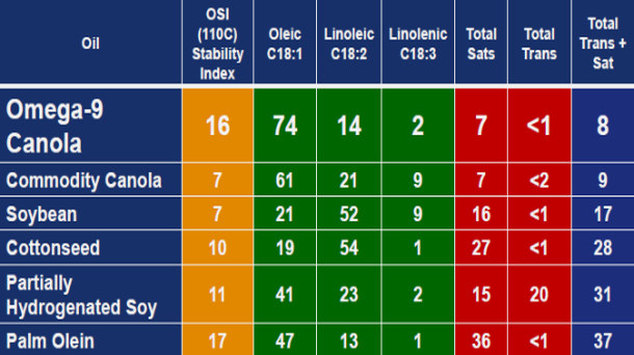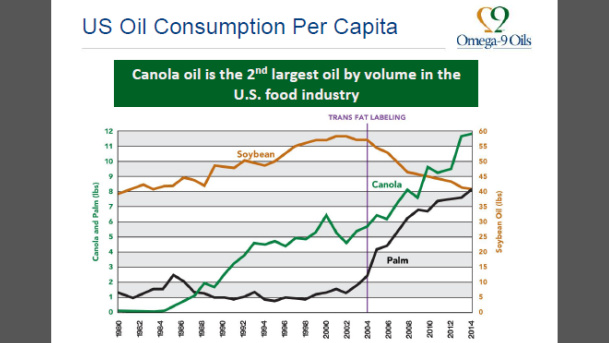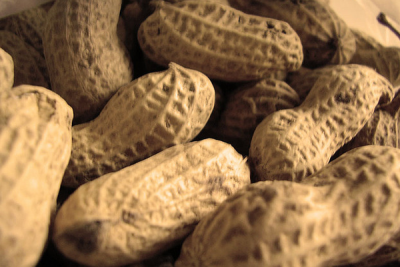Non-GMO factor gives Omega-9 canola a boost in battle of next generation healthy oils

The fact that Dow's omega-9 canola oils are not produced via genetic engineering - unlike the next generation of healthier soybean oils - is also counting in their favor with some customers, omega-9 oils market manager Mary LaGuardia told FoodNavigator-USA.
“The canola oil was developed using conventional, non-GMO, plant breeding techniques, and it is segregated throughout the supply chain. Some of our customers (Viterra and Pacific Coast Canola) have also gone through the non-GMO Project certification process.”
As they are stable at high temperatures, have a long fry-life, and contain zero trans fat, both the new high oleic soybean oils and omega-9 canola oils are attractive to foodservice players and big snack food manufacturers under pressure to improve the nutritional profile of their oils, said LaGuardia.

“But the pathway to getting there is quite different for both crops, so for markets that are sensitive to the GMO issue, omega-9 oils are fitting in very easily.
“Omega-9 canola [which is high in healthy monounsaturated oleic acid and low in linolenic acid] is also much lower in saturated fat than the new soybean oils,” she added. “It has a clean light flavor that does not interrupt the natural flavors of the other food ingredients.”
Beyond frying/foodservice applications
But given that omega-9 is a liquid oil, can it help food manufacturers looking for PHO alternatives in bakery and other applications where more solid fats are required?
Not on its own, said LaGuardia, but customers are blending it with small quantities of palm oil fractions (hard fats which have much higher melting points), to create bakery shortenings that can be used to replace straight palm oil (which is high in saturated fat) and keep labels clean (its oxidative stability helps firms avoid unwanted preservatives such as TBHQ).
“We cut our teeth with foodservice customers, because the omega-9 oils were a drop in solution [that could replace existing frying oils without changing recipes or processes], but today we’ve made significant inroads into packaged foods as well.”
Canola production and crushing capacity rising exponentially to meet growing demand
While supply of omega-9 canola oils was tight a couple of years ago as demand skyrocketed, the situation is “very different now”, said LaGuardia, with the acreage devoted to canola production rising exponentially to meet growing demand, a growing proportion of which is now devoted to Nexera seeds (more than 40% of canola used by the U.S. food industry is now Omega-9 canola).
“What people often forget when looking at acreages planted is that the yield of canola seeds is much higher than other oilseeds such as soy,” she added, noting that canola crush capacity has doubled in North America in the past five years with nine processing plants now supplying product to the U.S. food industry.
“Canola seed contains up to 44% oil, whereas soy is more like 14-17% oil.”
Fats and health
In the early 80s, said Dave Dzisiak, commercial leader, grains and oils, consumers were told that “all fat was bad”, but now the conversation is much more nuanced.
Instead, they are advised to avoid trans-fat and cut down on saturated fat, but increase intakes of healthy mono-unsaturated fatty acids (MUFAs) such as olive oil, and poly-unsaturated fatty acids (PUFAs) such as fish oil.
And while MUFA-rich extra virgin olive oil tends to get the best PR owing to its association with the Mediterranean diet, omega-9 canola has a similar nutritional profile, he argued.
Based in Indianapolis, Dow AgroSciences is the agricultural sciences business unit of The Dow Chemical Company.

















